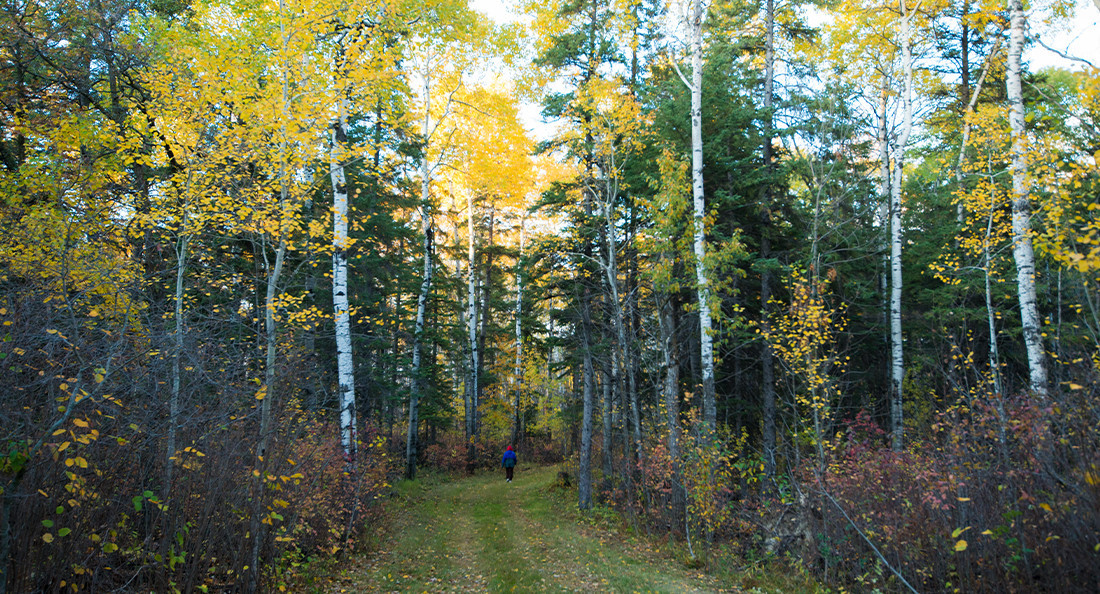One green city
To prioritize a city’s well-being, invest in green spaces
Like a debutant from Bridgerton, the height of many Winnipeggers’ social life has become going for walks. Since the COVID-19 pandemic began, spending time outside has become one of the few things that still feels relatively normal.
According to a national Léger survey, trail usage is up almost 50 per cent, with 95 per cent of those surveyed saying they used the trails to better their mental health.
Studies have shown that spending time in nature can improve sleep and boost dopamine production. People who spend just two hours a week outdoors are less likely to develop heart disease, diabetes and asthma.
Investing in infrastructure that encourages citizens to get active outside could be beneficial to public health. Unfortunately for many Manitobans, free resources like walking trails and bike lanes haven’t always been prioritized.
The provincial government is developing a new trails strategy. While it announced that it would invest $7 million into trails in October of 2020, a question on the public-engagement survey suggested the provincial government may be considering adding a user fee to trails in the future.
This could be a disincentive for many Manitobans beginning to connect with nature, Ron Thiessen, executive director of Canadian Parks & Wilderness Society – Manitoba Chapter (CPAWS), says.
CPAWS hosted On The Right Path, an online event on March 12. The event is part of their Defend Manitoba Parks campaign, a movement they’ve been working on since the provincial government sent out a request for proposal that could potentially privatize and sell off parts of provincial parks.
While there is a risk that parks may be privatized or user fees may be added to trails, Thiessen thinks Manitobans who have spent more time outdoors will stand up to the provincial government.
“This connection to nature fuels a desire to protect and improve our natural spaces,” he says. “Connecting with nature heals what ails.”
In the past, Winnipeg hasn’t always prioritized green or active infrastructure.
The National Climate League report from the Climate Reality Project ranked Winnipeg as the worst large city for bike lanes. The report notes Winnipeg also has the highest number of cyclist and pedestrian injuries and deaths at 97.7 per 100,000 people.
“I would say cycling in Manitoba is in its absolute infancy,” David Dorning, co-ordinator of the UWSA Bike Lab, says. He acknowledges that biking infrastructure has improved over the last 30 years but says Winnipeg is a long way away from being a bike-friendly city.
Dorning says the first step needs to come from the government. If the city starts building bike lanes, people will start using them.
“Build a park, and people are going to throw frisbees in it,” he says.
Active forms of transportation like walking and biking can help people stay healthy, clear up congested roads and benefit the environment.
“I think it’s a win-win situation for everyone. The population will be healthier, so it saves money. It’s also mental health. Going out in the sun changes your mood,” Bike Lab co-ordinator Sandra Leone says.
Provincial policy can influence behaviour. Investing in trails and bike lanes to help Manitobans live healthier and happier lives is valuable, regardless of whether or not they make money.
Published in Volume 75, Number 22 of The Uniter (March 18, 2021)







